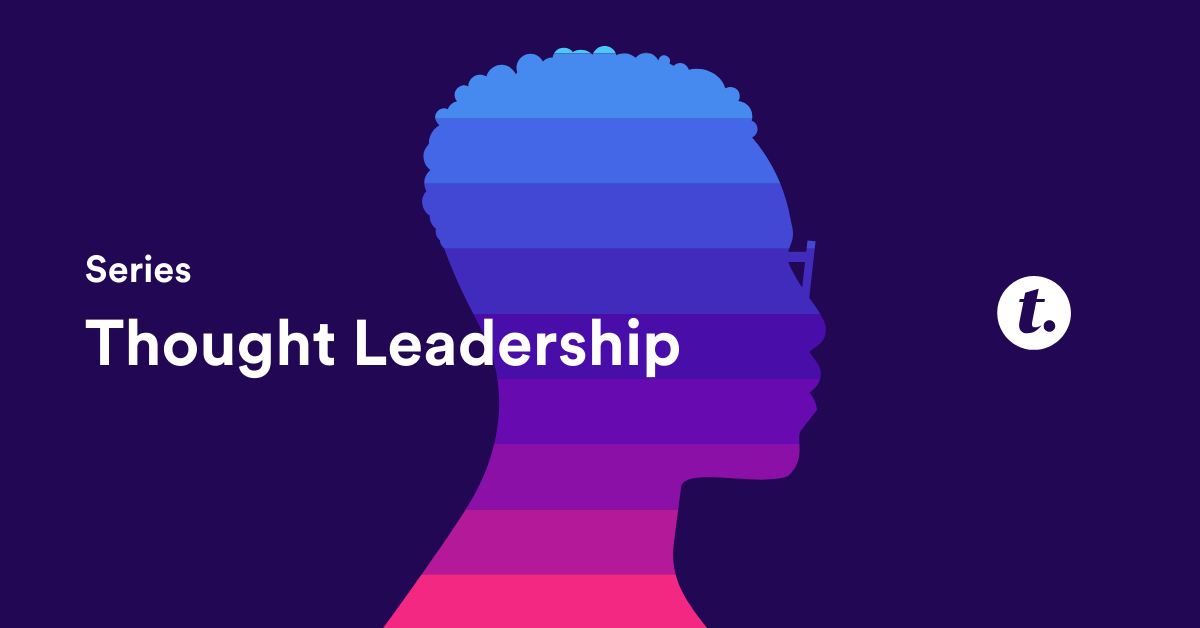
Myth: Employee turnover is down and tenure is up, so I don’t need to focus on retention.
Bust: It’s the news we’ve all been buzzing about in recent weeks: The FTC has issued a ruling banning nearly all noncompetes nationwide. Once effective, noncompetes will no longer be a fallback for employers looking to retain talent or suppress pay. Notably, we’re waiting to see how a handful of countersuits to the ban play out, most recognizably, that from the Chamber of Commerce.
So what does this all mean for the HR leader?
While employee quit rates might be declining from their pandemic peak, they’re still near historic highs. And when it comes to your high performers, retention strategy has to be an ongoing, strategic commitment regardless of macroeconomic trends because regrettable turnover is incredibly costly.
It’s also one of HR’s most powerful opportunities to make a business impact.
Let’s take a look at some considerations to bear in mind when thinking about developing a proactive retention program and outline a few stale tactics to move beyond, too.
The good:
- Identify the root cause of turnover. Then develop a plan to get ahead of it. That can be done through twice annual engagement surveys that pinpoint pockets of disengagement and allow HR to prioritize where to focus to get ahead of turnover issues.
- Put continuous feedback loops in place. You can do this through things like employee net promoter scores, manager effectiveness surveys and other tools to gather consistent feedback from your workforce at every stage of their growth with the organization. A critical aspect of this, of course, is that we as HR respond to the feedback. Listening continuously needs to coincide with responding continuously. This proactive “I hear you” mindset can de-escalate turnover risk before it’s too late.
- Enable employees to see the impact they’re having on the business and its mission. You want your top performers to be invested in the success of the business by connecting their actions with your company’s mission and objectives. By ensuring employees understand how their work directly impacts the success of the company, you’re promoting feelings of pride and belonging, which increase their emotional affinity to the company and its bottom line.
- Collaborate with managers. Managers have a huge influence on an employee’s experience. According to 15Five’s 2022 Workplace Report, nearly 54% of respondents said an unsupportive manager would be a key factor behind their decision to leave. But an even larger portion felt that strong, supportive management would be an important reason to stay. This highlights how critical it is that HR leaders partner with managers to deploy tactics that can proactively improve retention on their teams. It’s equally important to measure the effectiveness of managers to see which are excelling and which need support in specific areas, and take action before issues impact the organization.
The bad:
- Relying on perks like free food, a cool office space and gym memberships. Simply put, this isn’t enough. Even the most novel perks can’t give your top performers what they value most, which is the ability to leave their mark on the business and drive team or department goals forward.
- Conducting once a year performance reviews. Gone are the days of the dreaded annual performance review. Having only one opportunity for an employee to know where they stand and receive a boost in compensation just doesn’t cut it anymore. This plays to the importance of continuous feedback loops. If you’re only doing annual reviews, your organization won’t see problems before they occur, putting you in a reactive state that’s susceptible to turnover.
- Waiting for a turnover spike to happen before you do anything about it. Don’t wait until it’s too late. Get ahead of turnover by focusing on engagement, performance and retention from the very outset. By closely measuring these things, you can keep a pulse on the employee experience and see indicators of their satisfaction or lack thereof.
- Brushing off burnout. Employee burnout and retention are inextricably linked, which makes it impossible to improve retention without addressing burnout. A shift to addressing it proactively, before it becomes a major issue, can make a world of difference. You can do this by taking a metric-driven approach and implementing continuous pulse checks to gauge team well-being. By doing so, you’re making it a priority to fix the underlying issues rather than doing something short-term and not meaningful, like hosting a happy hour or pizza party.
Prioritizing retention, engagement and performance from the very start of the employee lifecycle is the only way to effectively avoid spikes in turnover, especially with top performers. With or without the FTC’s new ban on noncompetes, HR leaders need to prioritize proactive employee retention, and following some of the tactics above is a great place to start.
About The Author

Adam Weber is the Chief Evangelist at 15Five, the performance management platform that drives business results. He also hosts the popular HR Superstars podcast.
Previously, he co-founded Emplify (an employee engagement measurement platform) & Bluebridge Digital (a mobile app platform) and sold the companies in 2020 & 2016 respectively. He is the author of the Amazon best-selling book on leadership and culture, Lead Like a Human. In 2020, Adam was named to Business Insider’s list of Rising Stars in HR.
Join us in engaging conversations and community as we transform the now and next of work, together at Transform 2025.
